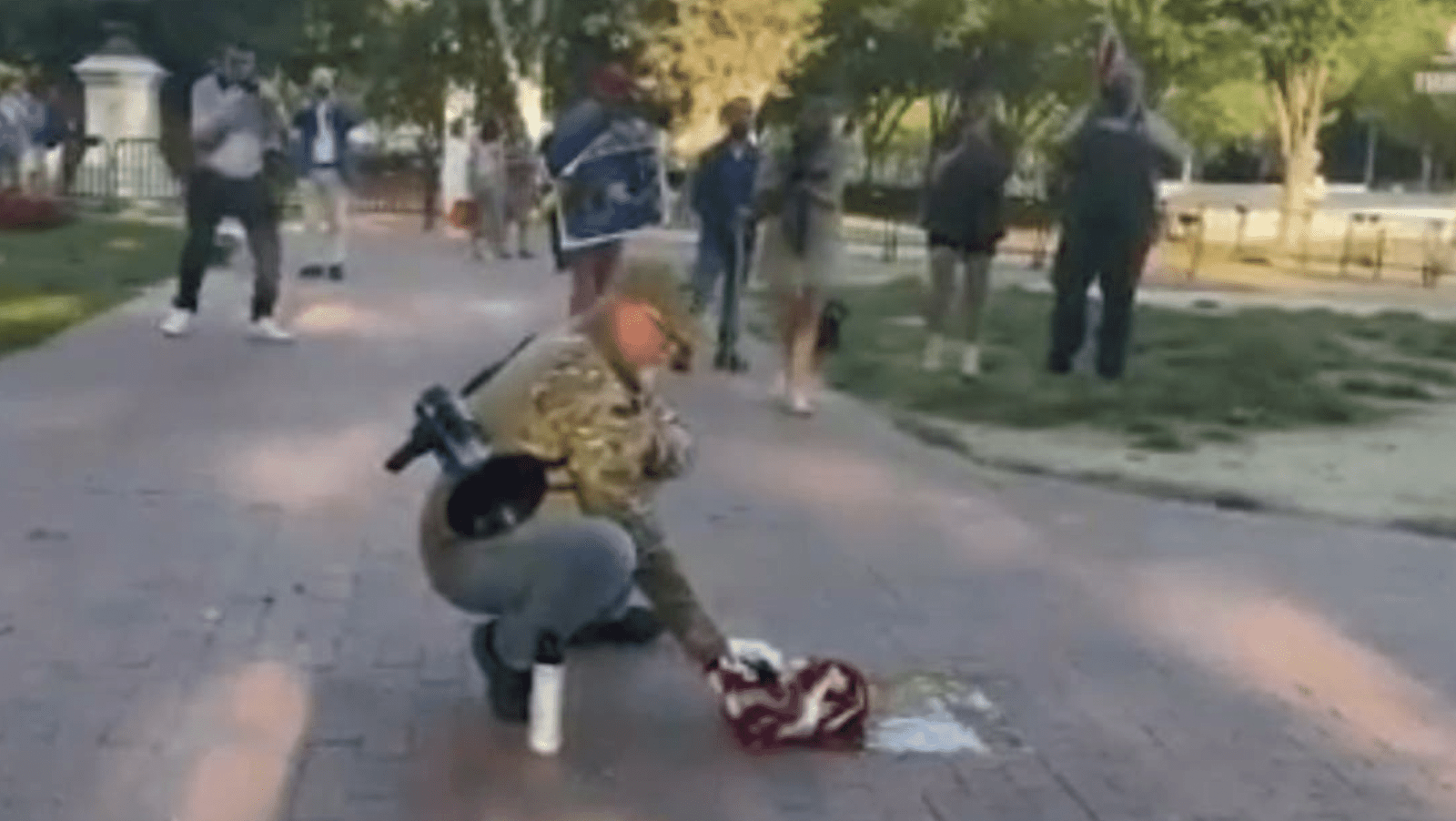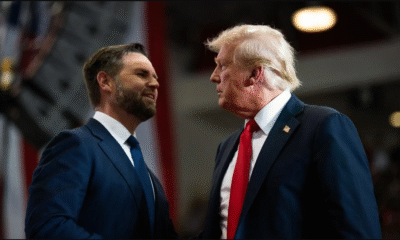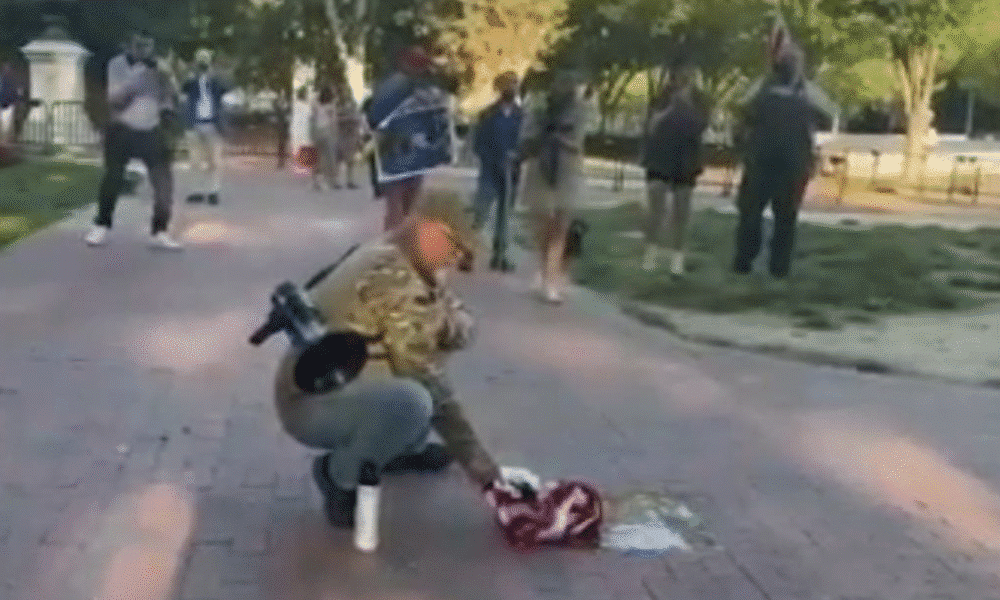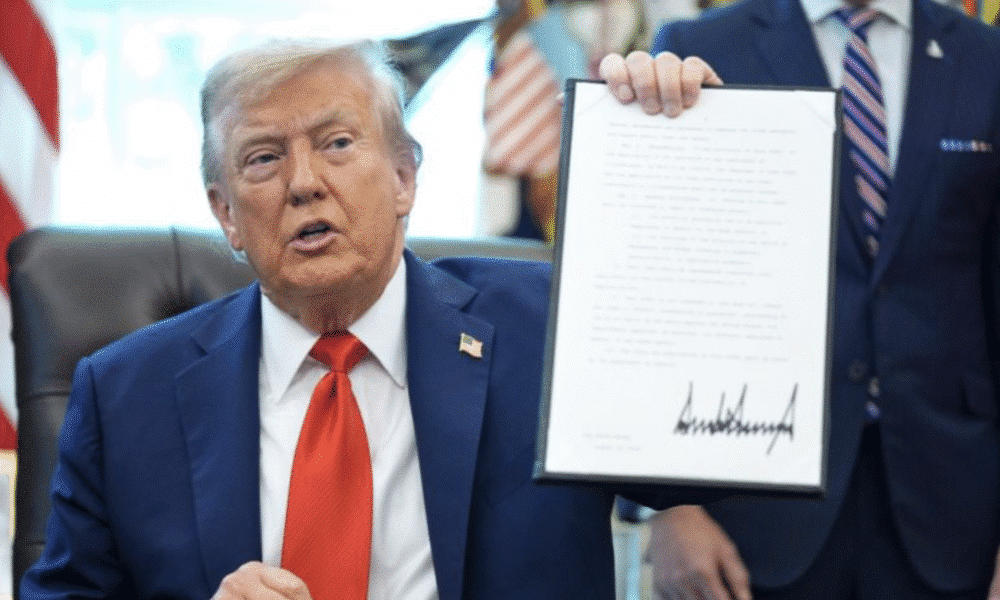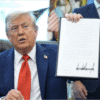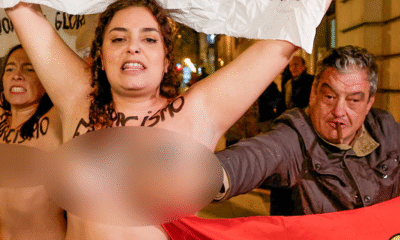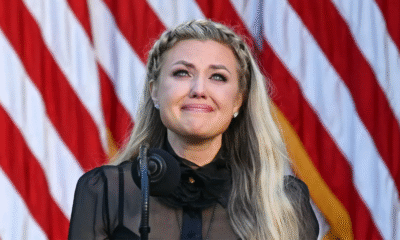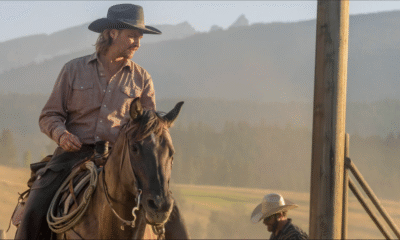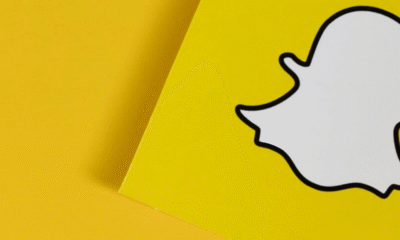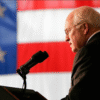News
Veteran Burns American Flag Outside White House as Trump Signs Controversial Executive Order
On a charged day in Washington, a U.S. Army veteran was filmed burning an American flag outside the White House, coinciding with President Donald Trump’s signing of a new executive order aimed at punishing flag desecration.
The veteran, speaking through a megaphone as flames consumed the flag at his feet, declared: “I am a 20-year veteran of the United States Army. It is our First Amendment right to burn this flag, regardless of what the president says.”
The incident unfolded just hours after Trump, flanked by Vice President JD Vance and Defense Secretary Pete Hegseth, signed an executive order directing Attorney General Pam Bondi to prosecute violations of laws involving flag desecration and to pursue litigation that could challenge existing Supreme Court precedent.
Trump’s Executive Order
The order, signed Monday, instructs federal authorities to:
-
Prosecute flag desecration under existing federal laws.
-
Refer cases to state and local jurisdictions where applicable.
-
Pursue litigation to “clarify the scope of First Amendment exceptions” related to flag burning.
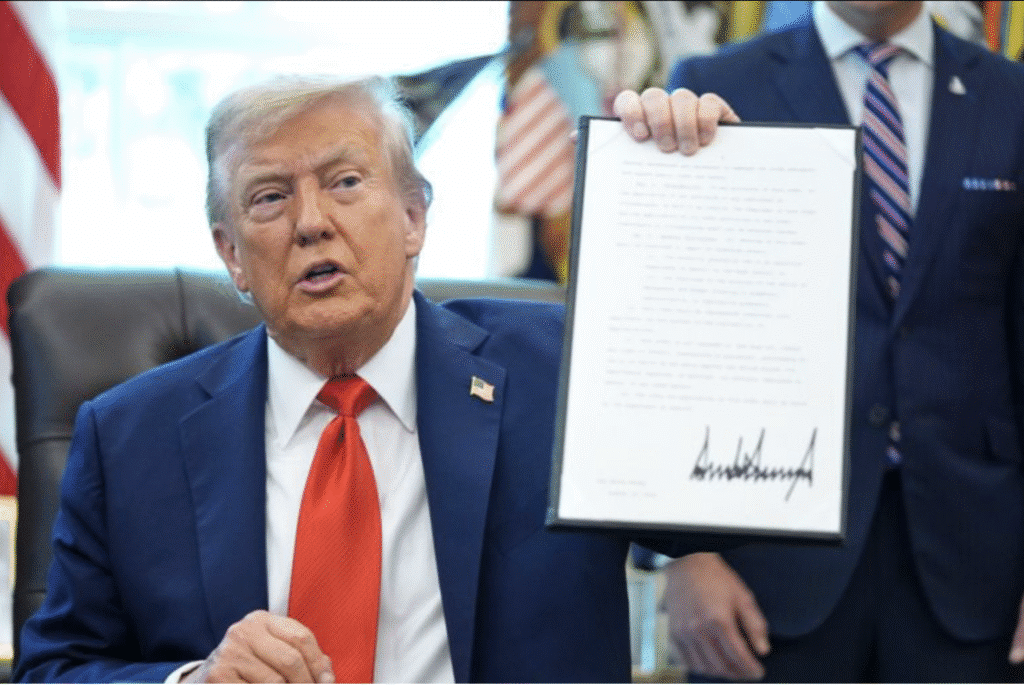
Donald Trump’s Another Executive Order
This directive directly confronts the landmark 1989 Supreme Court ruling in Texas v. Johnson, which determined that burning the American flag constitutes protected symbolic speech under the First Amendment.
View this post on Instagram
Divisions on the Right
While Trump’s order was welcomed by some conservatives who view flag burning as an affront to national pride, it also faced unexpected pushback from right-leaning commentators who framed the executive action as government overreach.
Conservative radio host Jesse Kelly wrote on X: “I would never in a million years harm the American flag. But a president telling me I can’t has me as close as I’ll ever be to lighting one on fire. I am a free American citizen. And if I ever feel like torching one, I will. This is garbage.”
Similarly, commentator Dana Loesch noted: “Flag burning is vile, but the government has no right to control speech or expression.”
The mixed reactions underscore how the debate around flag burning has historically transcended traditional political lines—pitting patriotic symbolism against constitutional freedoms.
Legal experts suggest Trump’s order could spark a wave of lawsuits, ultimately setting up a Supreme Court showdown over the scope of free expression. If the administration succeeds, it could reshape the boundaries of First Amendment rights for the first time in decades.
For now, the protest outside the White House serves as a vivid reminder of the tension at the heart of the issue: Can patriotism and free expression truly coexist without conflict?


